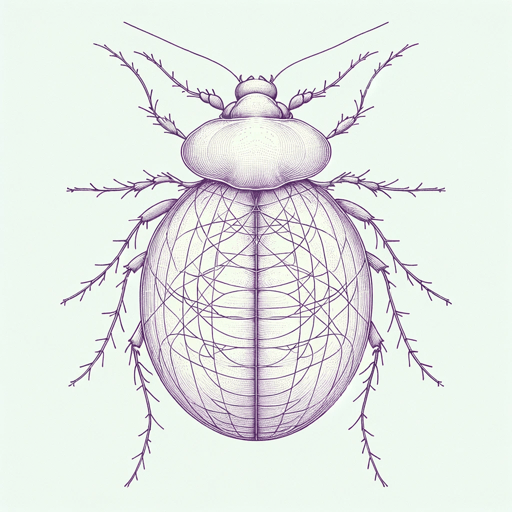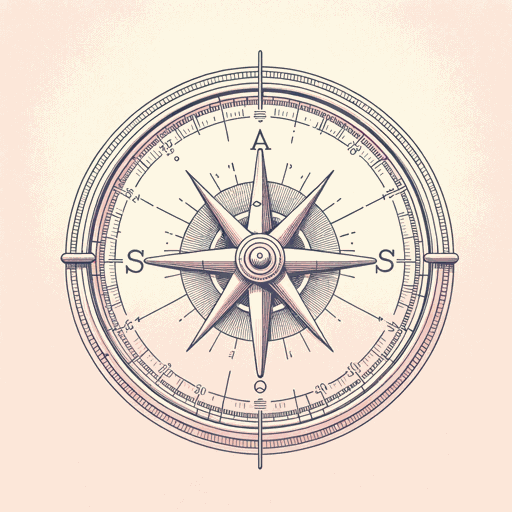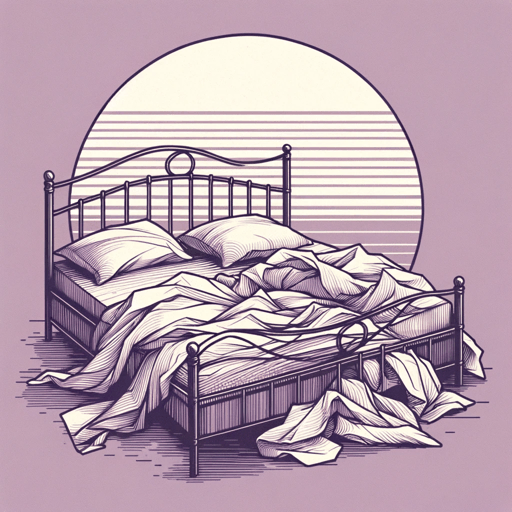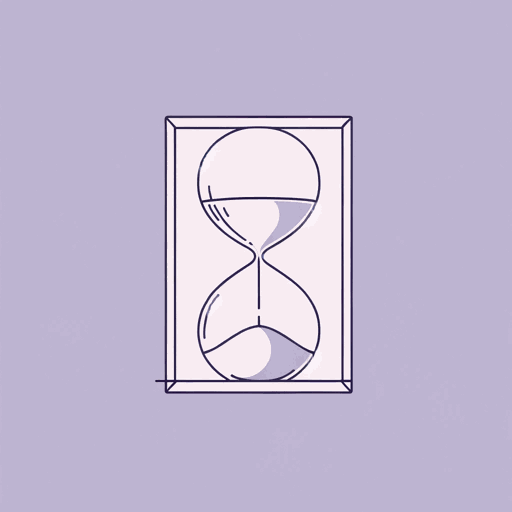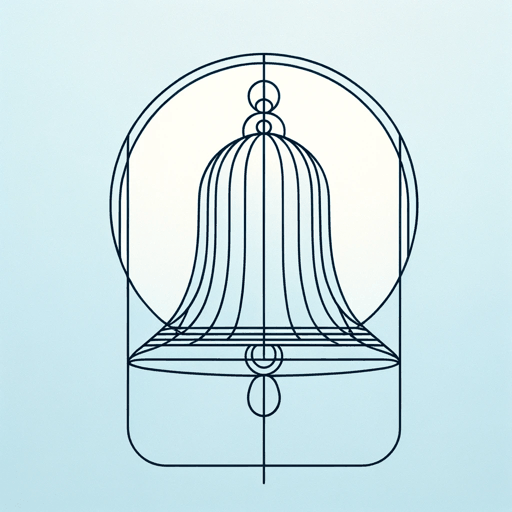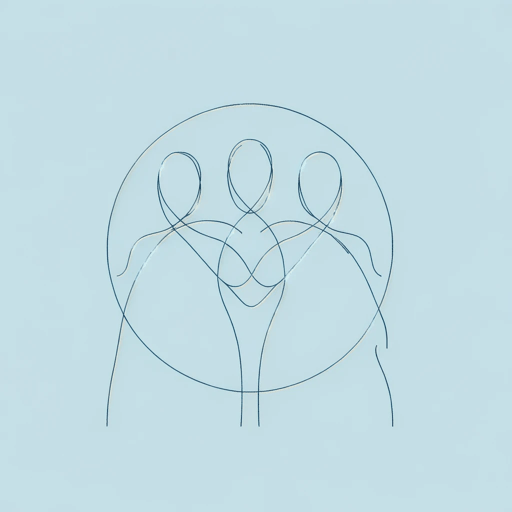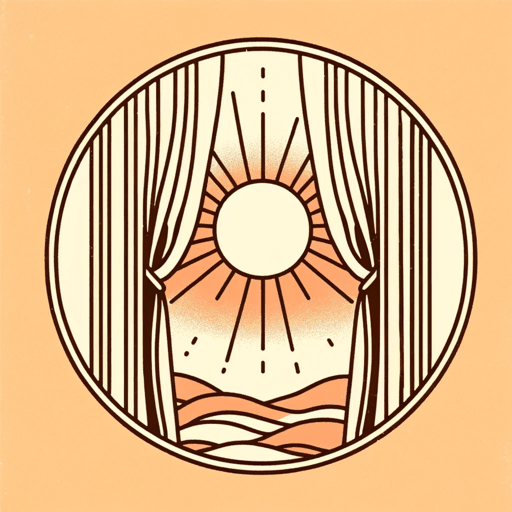22 pages • 44 minutes read
John DonneThe Flea
Fiction | Poem | Adult | Published in 1633A modern alternative to SparkNotes and CliffsNotes, SuperSummary offers high-quality Study Guides with detailed chapter summaries and analysis of major themes, characters, and more.
Symbols & Motifs
The Flea
For a romantic poet seeking symbols in the natural world that are appropriate to celebrate the tectonic pull and gravitational magic of love, there is no shortage of suggestive possibilities: turtle doves, swans, butterflies, wild horses, dolphins, even ladybugs. But fleas? With the possible exception of rats, fleas would represent to a Renaissance culture (and perhaps even to ours) a most disturbing, even disgusting symbol to appropriate for a love poem. Fleas live on the blood of other animals. They bite. They cause inflammations. They are parasites. They are a nuisance, then as now. In a poem about making love, to use the symbol of a flea and its opportunistic predatory feeding on the blood of its victims, often in turn spreading diseases including the much-feared bubonic plague, the poet must either be woefully misinformed about bugs or wonderfully ironic.
The flea represents how flippant and indifferent to the emotional depth of his potential lover the speaker is. The gross little bug who has bitten both the man and the woman and in whom their blood is mingling becomes a convenient point of argument for the speaker, reaching for a handy metaphor as part of his attempt to seduce a reluctant woman.
Related Titles
By John Donne
Featured Collections
Beauty
View Collection
Fear
View Collection
Guilt
View Collection
Poems of Conflict
View Collection
Poetry: Perseverance
View Collection
Safety & Danger
View Collection
Short Poems
View Collection
Trust & Doubt
View Collection
Truth & Lies
View Collection
Valentine's Day Reads: The Theme of Love
View Collection
